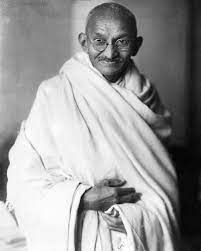
What is a red giant?
In the transition of the star to the red giant stage, its inner part or core shrinks, while its outer part or envelope expands. A red giant is a star with a relatively low effective temperature and a large radius. The low temperature makes the star glow red and the larger size makes it a giant compared to its original size.
What are the other characteristics of red giants?
Red giants are highly luminous and may have luminosities ranging from about 100 to even 10,000 times that of the Sun. They are very bright because they are so large although their surface temperature is lower than that of the Sun. The density of red giants is also extremely low ranging from 10-4 to 10-7 times the Sun’s mean density. In other words, the mean density of a typical red giant is less than that of air at sea level.
Will the Sun become a red giant?
The Sun will a red giant almost the size of Betelgeuse in about five to six billion years.
Why does a star become a red giant?
As the hydrogen fusion in the star progresses, its mass moves towards the centre of the helium increases at the star’s core, the pressure also increases.
At a certain stage, the pressure is sufficient to start the helium fusion reaction when helium fuses to from carbon and other heavier elements. Now, the outward force of the combined hydrogen and helium fusion reactions as well as the outward pressure is greater than the inward force. The star therefore starts expanding into a red giant and regains equilibrium at a larger size.

What are super giants?
Super giants are red giants having extremely large size and luminosity compared to a typical red giant. A typical red super giant would be about 100times as luminous as a typical red giant.
How big is a super giant?
If the super giant Betelgeuse occupied the position of the Sun, all the planets up to and including Mars would be contained within it. Thirty million replicas of Sun could fit inside the super giant Antares.










 The life of Mohandas Karamchand Gandhi was a unique journey along the path of greatness. He courageously proclaimed that his life was his message. A simple man clad in a handwoven dhoti, he believed that the greatest weapon is one’s own character.
The life of Mohandas Karamchand Gandhi was a unique journey along the path of greatness. He courageously proclaimed that his life was his message. A simple man clad in a handwoven dhoti, he believed that the greatest weapon is one’s own character.

 What are Quasars?
What are Quasars?













